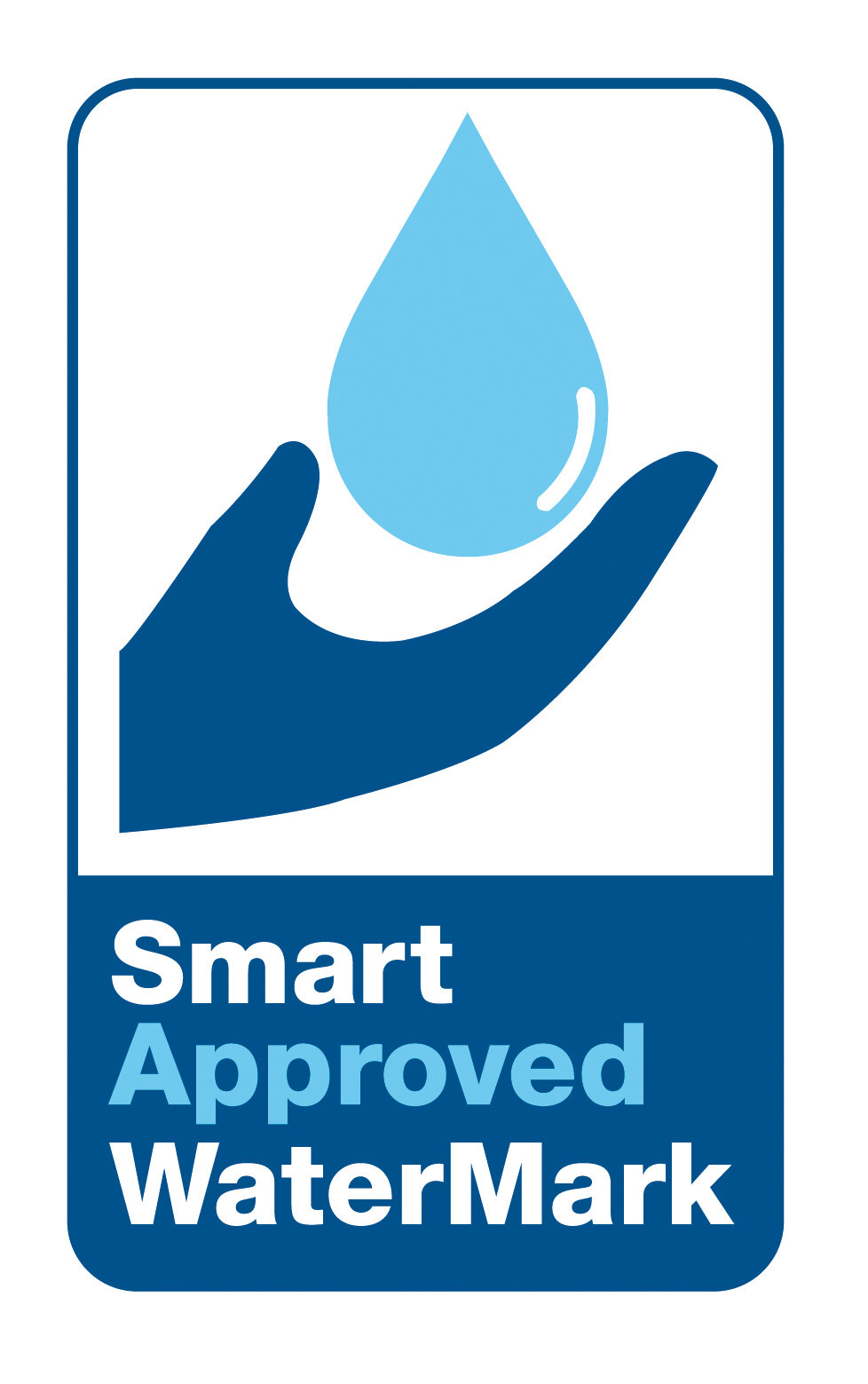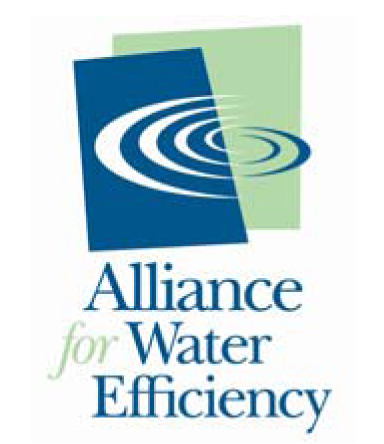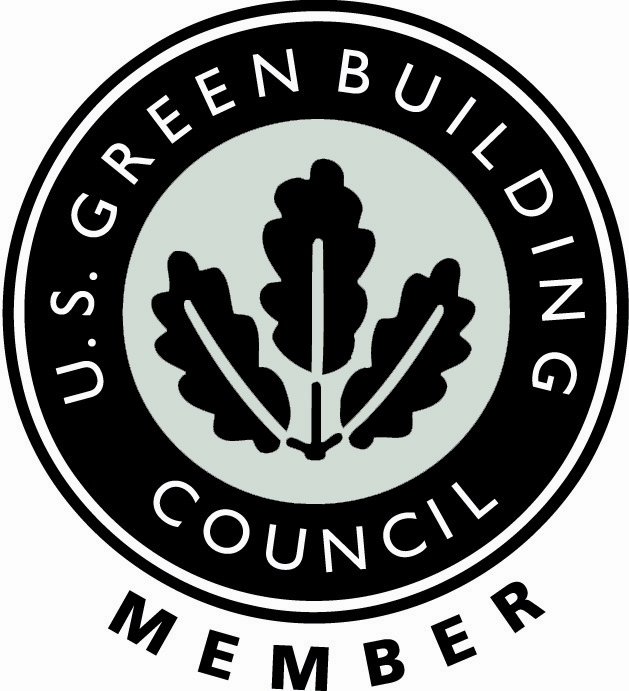Different types of commercial buildings use water differently, and this can vary considerably. However, being aware of this is the first step to using water more efficiently, referring to long-term water-use reduction.
For instance, at least 95 percent of the water used for washing cars is in the car-wash process. The remainder, about 5 percent, is used in the car wash’s restrooms.
This means that if a car wash wanted to find ways to use water more efficiently, it would need to focus primarily on the car-washing method. Possibly it could do the following:
Install water recycling systems, now commonly used in car washes.
Increase the conveyor speed that moves cars through a car wash. This would allow more cars to be washed, using less water.
Install high-pressure nozzles that use less water but are still effective at removing soil and debris from the exterior of cars.
Let’s look at some other types of facilities, see where they use most of their water, and offer some suggestions as to how they could reduce consumption:
Office Buildings
Restroom, cooling, heating, and landscaping consume about 90 percent of the water used in a typical office building. Water-efficiency measures for office buildings would include the following:
Photo by Eric Sharp on Unsplash
· Restroom fixture replacement. As fixtures age, they may be using more water than designed. Further, newer fixtures are available that use even less water than those a few years ago or, when it comes to urinals, no water at all.
· Cooling tower retrofits. One of the big problems with cooling towers is that much of the water evaporates in the cooling process. Newer systems have minimized this problem and also recycle more water.
· Tenant education programs. One of the best ways to use water more efficiently is to engage tenants. Education programs and messaging have been amazingly effective in reducing water consumption in office buildings.
There are other ways office buildings can reduce water used for irrigation. These run the gamut of using a weather/moisture-based irrigation system to transferring to native landscaping, which tends to require less water.
Schools
More than half the water used in schools is used in restrooms. The remaining consumption is divided up between landscaping and cooling.
All the office building steps to reduce water consumption can apply to schools as well. However, it is often recommended to take one further action in schools that is not necessarily water-related. Because the flush handles on urinals are repeatedly vandalized in schools, administrators are encouraged to install waterless urinals. These have no flush handles, virtually eliminating this problem.
Photo by Graham Ruttan on Unsplash
Hospitals
Large hospitals often use vast volumes of water. It is estimated that 40 percent of this water is used in public and patient restrooms. The rest is used by x-ray machines, sterilization of medical equipment, laundry, cooling, and landscaping.
As to the medical use of water, manufacturers are introducing new systems that can reduce water consumption and still meet necessary and regulatory guidelines to protect human health. As to restrooms and bathrooms, the water-reduction step discussed earlier applies here as well.
Restaurants
About half of the water used in restaurants is used in the kitchen for cooking and washing. One third is used in restrooms and the remainder for cooling and landscaping.
Water-efficient kitchen appliances are now helping to reduce water consumption in kitchens. Further, water use “best practices” have been introduced, teaching kitchen staff how to perform their duties properly while still using less water.
Once again, all the already mentioned measures that apply to office buildings, schools, and hospitals would apply here as well.
If you look at this list, it is clear that different facilities use water differently. However, except for car washes, one-third to one-half of the water used in a facility is used in restrooms. This is why restrooms should be the first place to look when it comes to using water more efficiently.
In some buildings, just transferring from flush urinals to no-water urinals is all that is required to reduce water consumption dramatically.
For more information on how to reduce water consumption, waterless urinals, and to use water more efficiently, contact a Waterless Co Specialist































